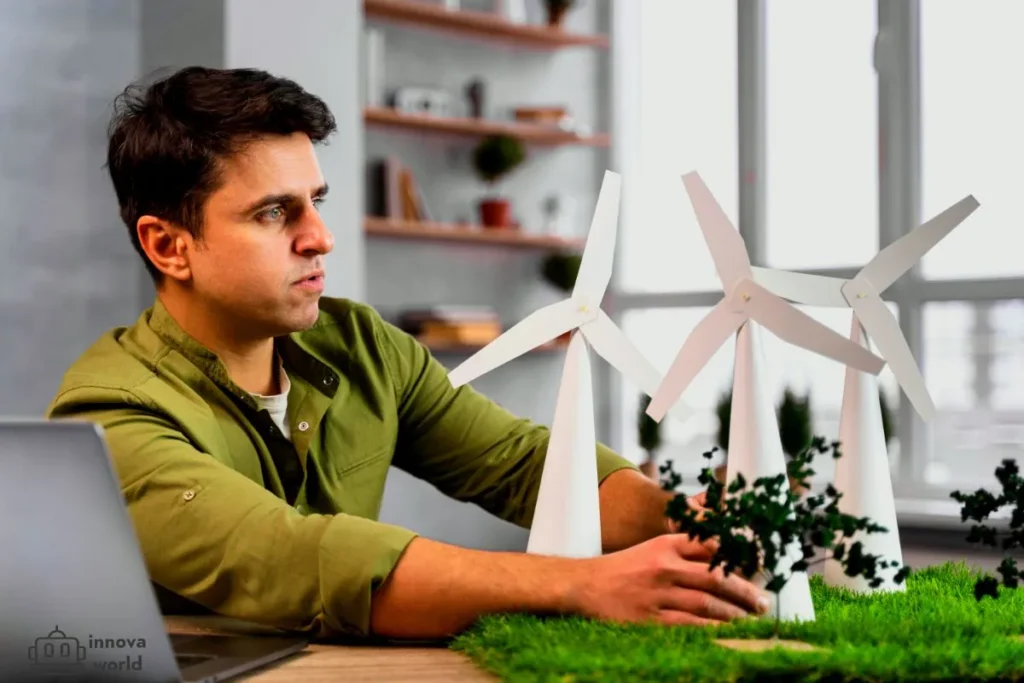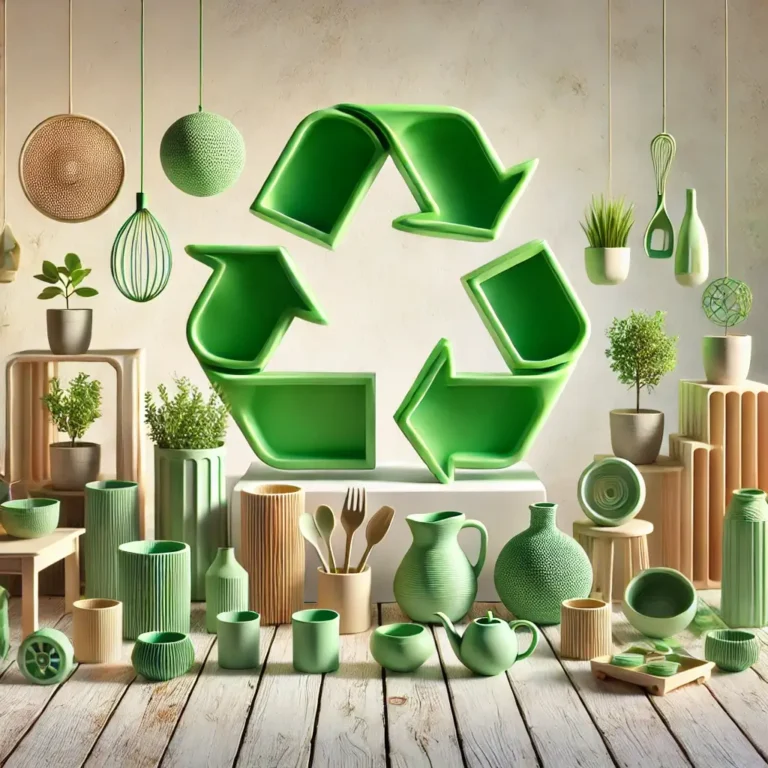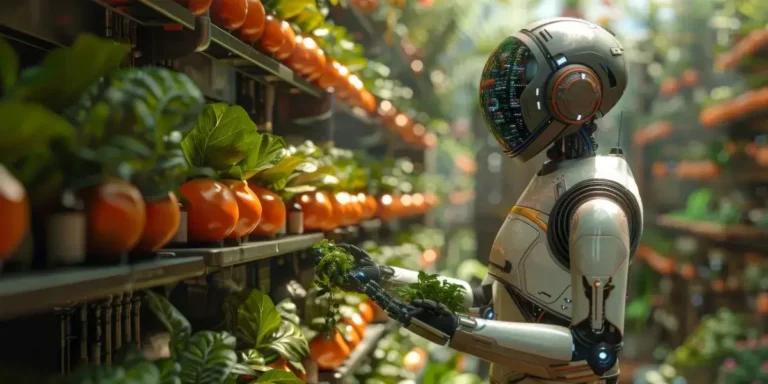introduction
Imagine a world where waste is minimized, energy use is optimized, and production is more localized. This is the promise of 3D printing, a technology that has not only revolutionized manufacturing but also sparked conversations around sustainability. Learn about the United Nations’ Sustainable Development Goals and how 3D printing aligns with these objectives.
While its potential to reduce material waste and promote eco-friendly practices is clear, there are challenges to address. Is 3D printing truly a green innovation, or is its environmental impact more complex than we think? In this article, we’ll explore both sides, examining its ecological footprint, opportunities for sustainable development, and the hurdles it must overcome to deliver on its promise of sustainability.
Table of Contents
Understanding the Environmental Impact of 3D Printing
3D printing, or additive manufacturing, builds objects layer by layer, which inherently reduces waste compared to subtractive methods like cutting or drilling. However, its sustainability credentials are not without question.
Material Use: Many 3D printers use plastic-based filaments, such as PLA or ABS, derived from non-renewable resources. While PLA is plant-based and biodegradable under industrial conditions, its widespread disposal remains a significant challenge for sustainability.
Energy Consumption: The printing process, especially for industrial applications, requires significant electricity. If powered by fossil fuels, the carbon footprint can offset its material efficiency and hinder its overall sustainability.
Non-Recyclable Waste: Failed prints and leftover supports often end up as waste, particularly when materials are not designed for recycling. This type of waste management is crucial for improving the sustainability of 3D printing processes.
These challenges highlight the need for deliberate actions to make 3D printing a genuinely sustainable solution that contributes to global sustainability goals.
The Bright Side: Opportunities for Sustainability
Despite its environmental drawbacks, 3D printing offers several pathways to advance sustainability and foster a more sustainable manufacturing process.
Minimizing Material Waste
Unlike traditional methods, where excess material is often discarded, 3D printing uses only the material needed to build an object. This reduction in waste is particularly significant in industries like aerospace, where lighter, more efficient parts can save materials and fuel over a product’s lifecycle. By adopting sustainability in design, industries can achieve both environmental and economic benefits.
Promoting Recycling and Circular Economies
Many innovators are working to integrate recycling into the 3D printing process, helping to make it more sustainable. For example:
- Recycled filaments made from post-consumer plastics are becoming more widely available.
- Closed-loop systems allow used filaments and failed prints to be reprocessed into new materials, creating a more sustainable approach to manufacturing.
This circular economy approach reduces waste and maximizes the sustainability of 3D printing materials, ensuring that the process is environmentally responsible.

Enabling Localized Production
One of 3D printing’s most sustainable aspects is its ability to produce goods on demand, eliminating the need for mass production and extensive shipping. By manufacturing closer to the point of consumption, businesses can reduce packaging waste and transportation emissions, contributing to greener supply chains and improving the overall sustainability of the production process.
Localized production is a powerful tool in achieving sustainability by cutting down on the environmental cost of logistics and manufacturing.
Challenges to Sustainability in 3D Printing
While the potential for sustainability in 3D printing is enormous, several barriers must be overcome to fully realize its green potential:
Development of Greener Materials
Expanding the availability of biodegradable and renewable options is critical to reducing reliance on petroleum-based filaments. By investing in the development of more sustainable materials, the manufacturing process can become truly eco-friendly.
Energy Efficiency
The high energy demands of industrial printers must be addressed through better machine design, energy-efficient technologies, and the integration of renewable energy sources. This is essential to reduce the carbon footprint of 3D printing and make it a fully sustainable manufacturing solution. learnmore
Affordability and Access
Making sustainable materials and practices accessible to smaller businesses and individual users remains a challenge. For sustainability in 3D printing to be truly global, cost-effective solutions must be found to enable widespread adoption.
To achieve these goals, both technological advancements and policy regulations will play a key role in shaping the future of sustainable 3D printing.
How 3D Printing Reflects a Human-Centered Approach
At its core, sustainability in 3D printing is about improving lives—whether through reducing environmental damage, creating innovative solutions for underserved communities, or enabling greener supply chains. The human element is central to the technology’s potential to drive sustainability.
For instance, researchers are developing methods to use natural materials like algae and cellulose for 3D printing, blending innovation with ecological harmony. This demonstrates how thoughtful design can meet both human and environmental needs, emphasizing the role of sustainability in improving quality of life.
Conclusion: Balancing Innovation and Responsibility
3D printing holds incredible promise for reducing waste, fostering localized production, and advancing eco-friendly practices. Its potential to transform industries while addressing environmental concerns makes it a critical player in the pursuit of sustainability.
However, achieving these goals requires a balanced approach. By investing in greener materials, improving energy efficiency, and promoting recycling, we can turn this technology into a powerful tool for a sustainable future. The key to success lies in integrating sustainability into every step of the 3D printing process.
As we move forward, 3D printing reminds us that innovation is not just about progress—it’s about ensuring that progress benefits both people and the planet. With careful choices and shared responsibility, this technology could lead us to the greener future we envision.








